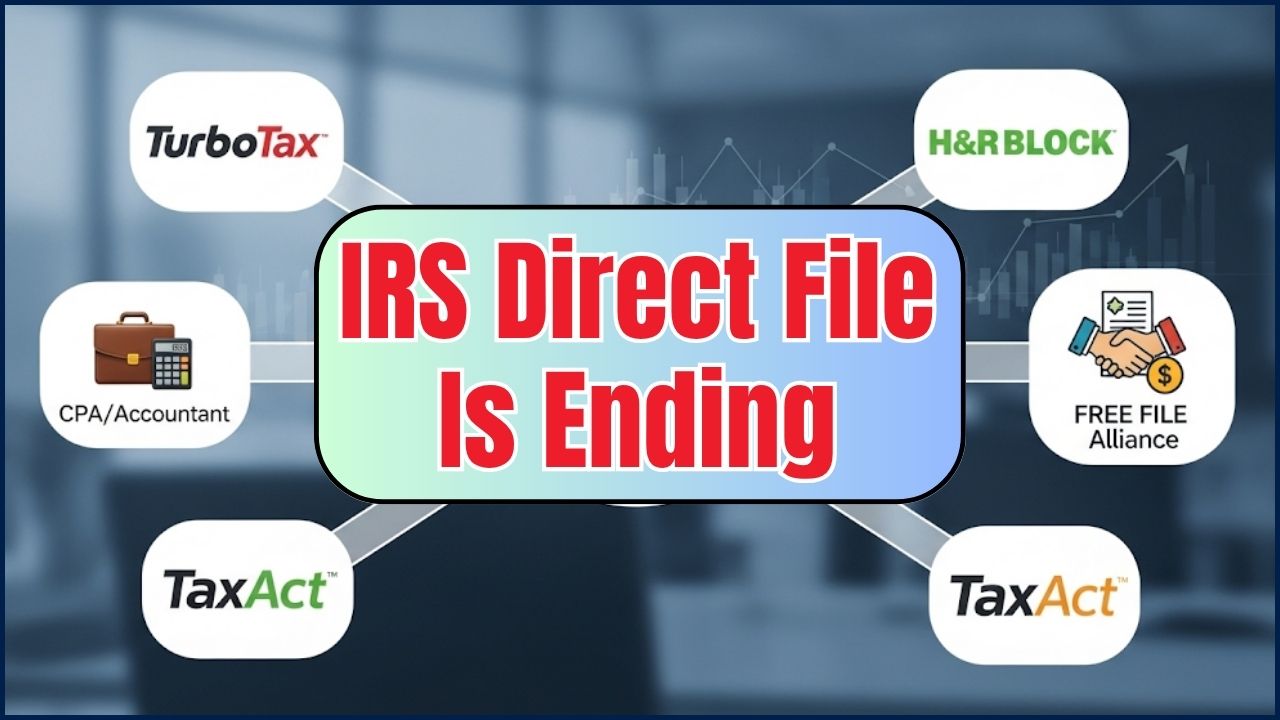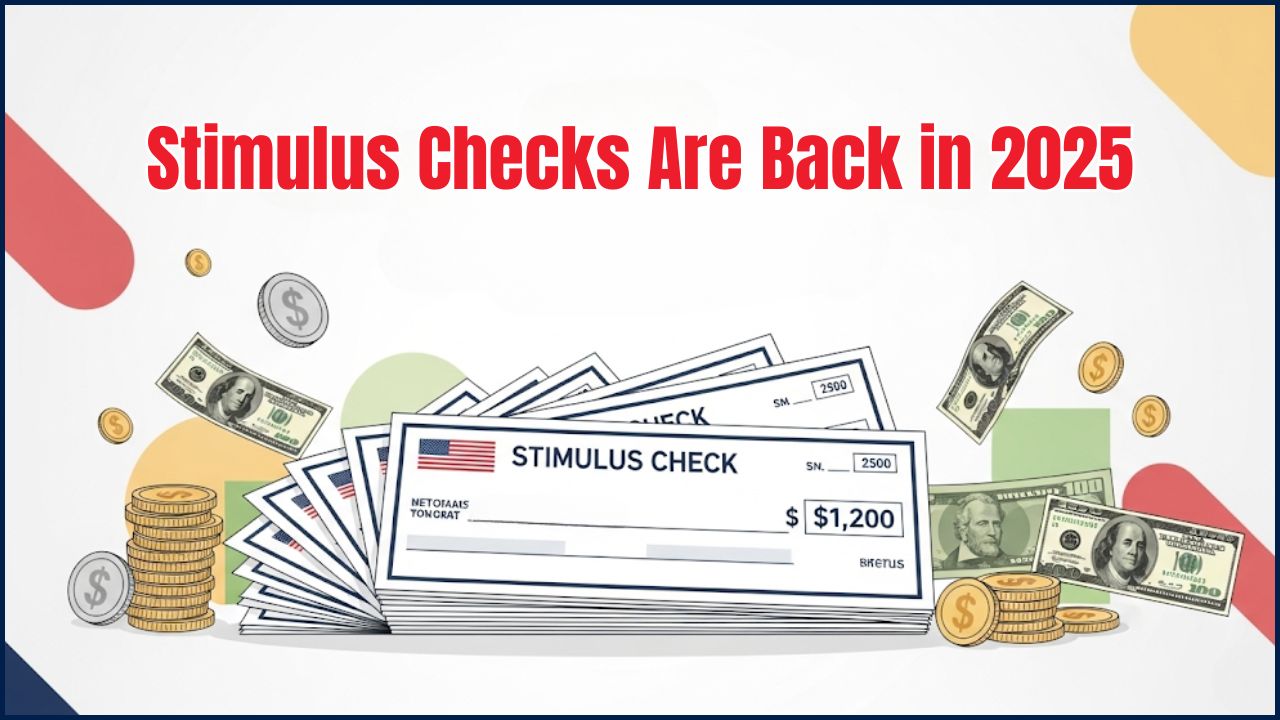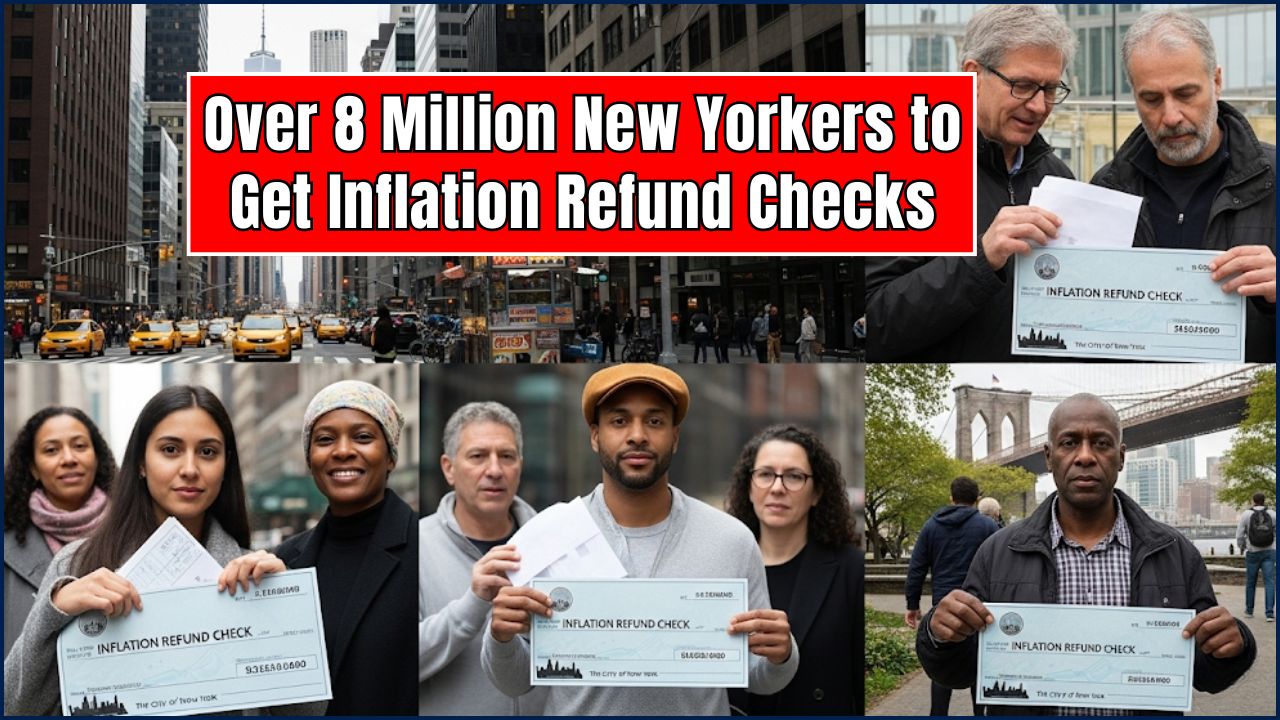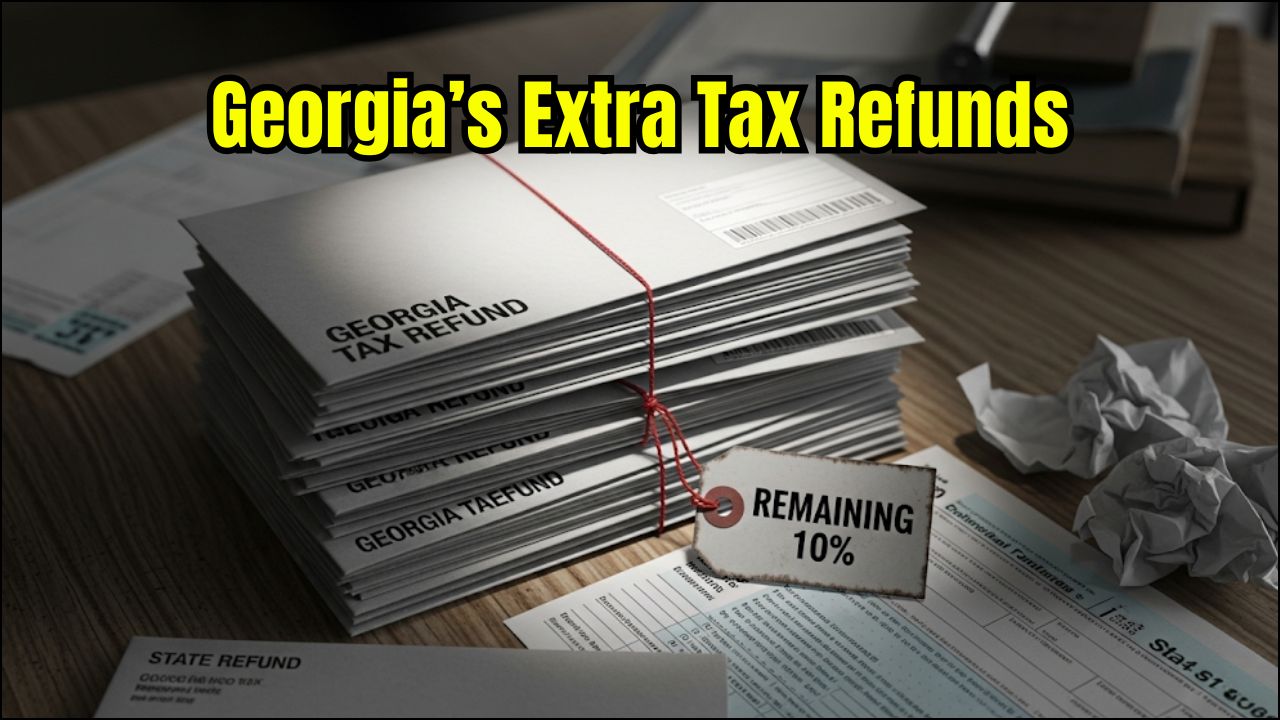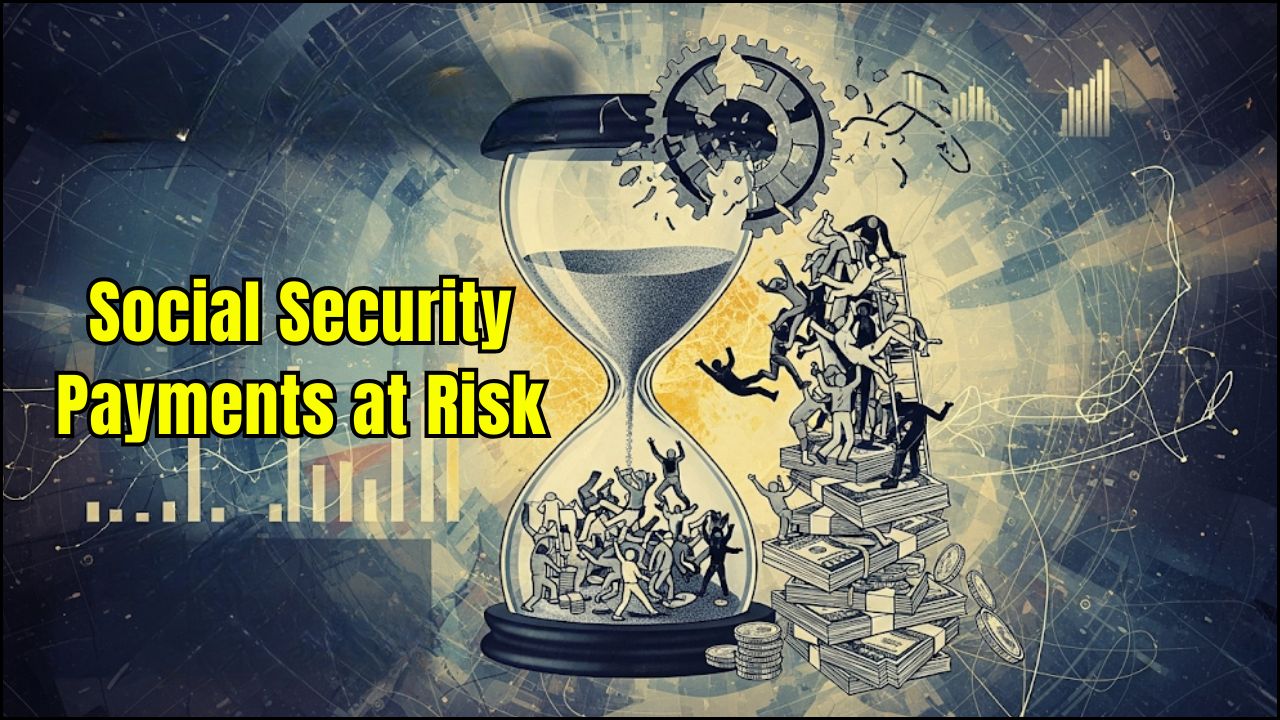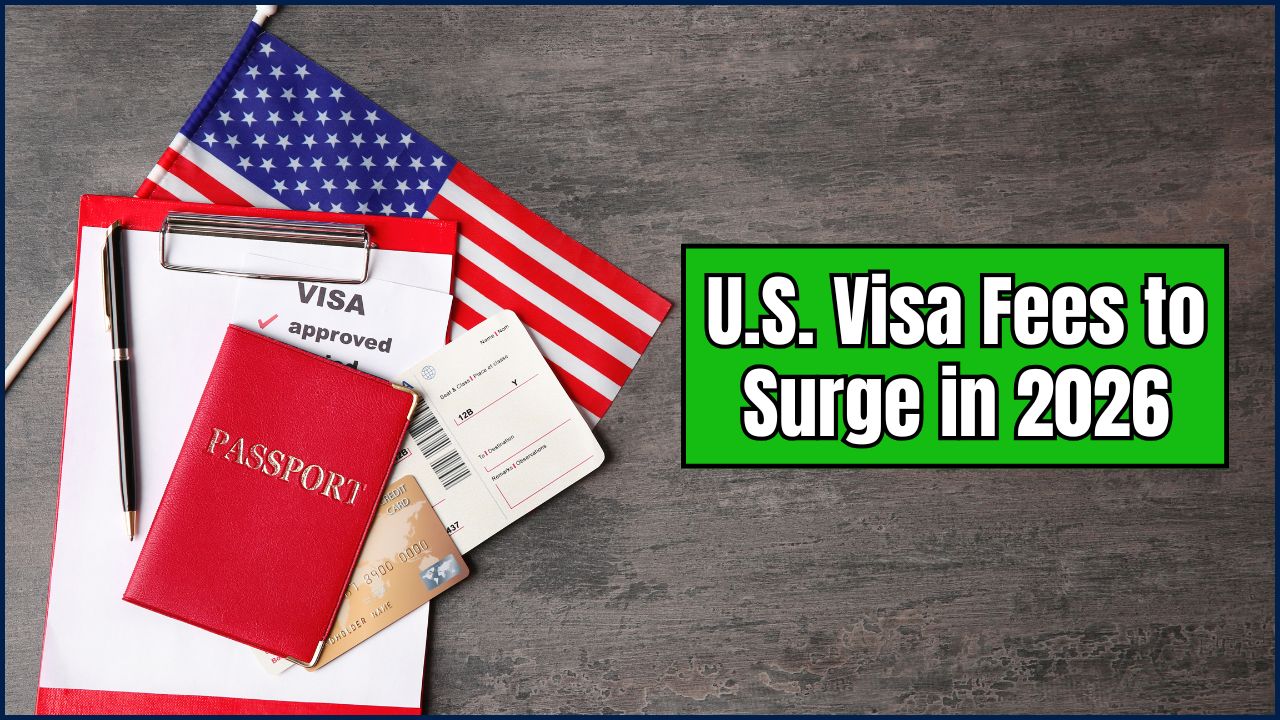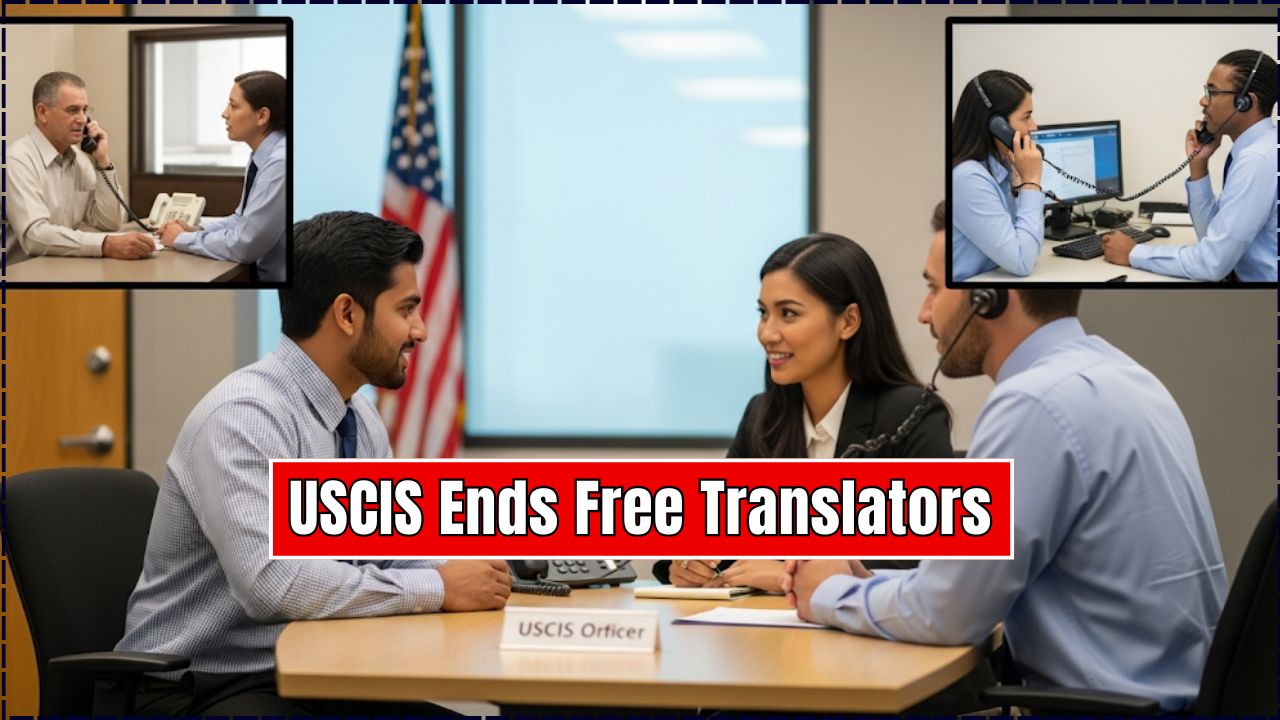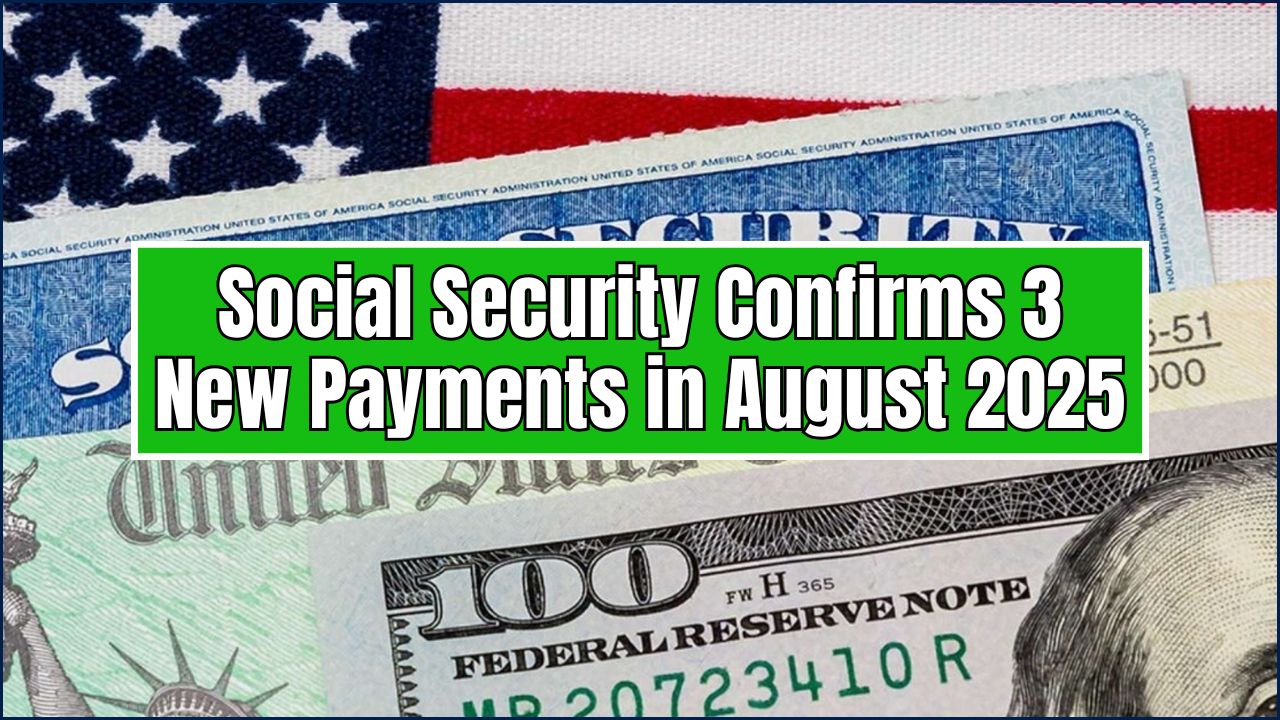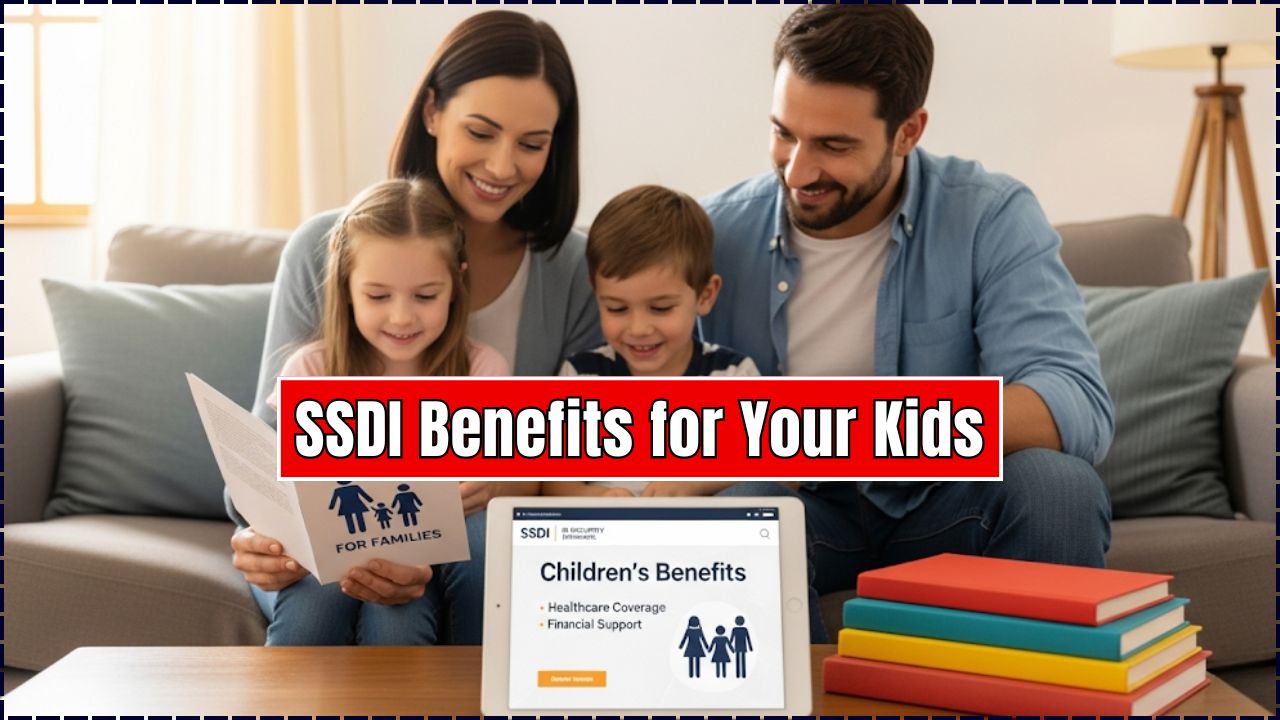If you’ve got kids at home and summer break is creeping up, you’ve probably felt that “grocery cart is gettin’ mighty heavy” kind of stress. Well, there’s good news for 2025 — the Sun Bucks program (officially called Summer EBT) is here to put some extra food money in your pocket and help keep your kiddos fed while school’s out.
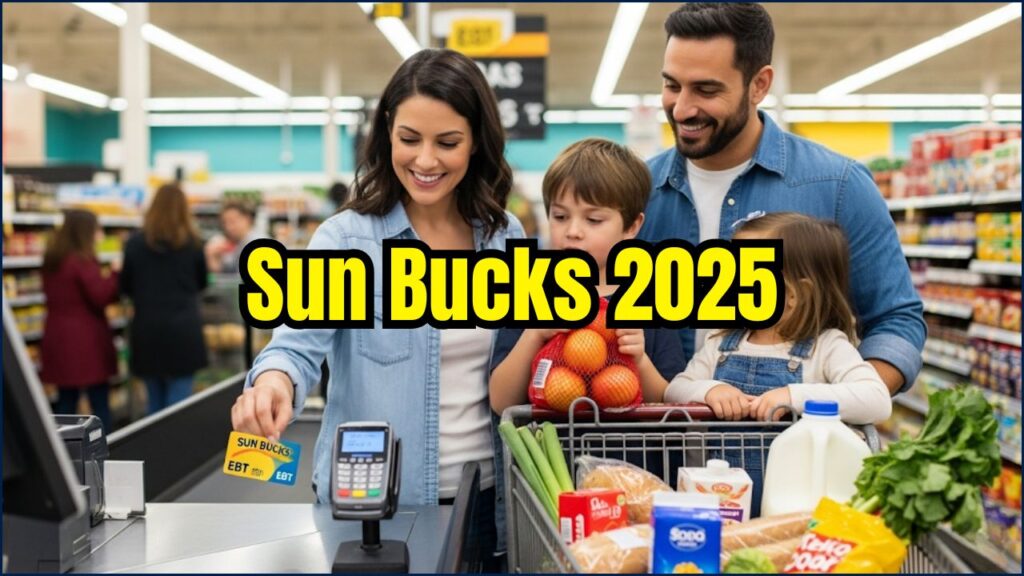
This year, Sun Bucks 2025 is rolling out across the U.S., giving $120 per eligible child (that’s $40 a month for June, July, and August) to help families cover those summer grocery runs. For some states, like Hawai‘i, it’s even more — at least $177 per kid! And unlike school meal programs, this money goes straight to your EBT card, so you can shop your way.
Sun Bucks 2025
| Key Point | Details |
|---|---|
| Program Name | Sun Bucks (Summer EBT) |
| Benefit Amount | $120 per eligible child ($40/month for June–August); Hawai‘i: $177+ |
| Eligibility | SNAP, TANF, Medicaid, FDPIR households; kids in NSLP/SBP schools on free/reduced meals; foster, homeless, migrant, runaway youth |
| Application Needed? | No for auto-eligible kids; Yes for others who meet income guidelines |
| Income Guidelines | ≤ 185% of Federal Poverty Level |
| Purchase Rules | Same as SNAP: groceries, produce, meat, dairy, bread, snacks; no hot/prepared foods or non-food items |
| Where to Use | SNAP-authorized retailers, farmers’ markets, select online stores |
| Benefit Expiration | 122 days after issuance (varies by state) |
| Official Website | USDA Sun Bucks Page |
Sun Bucks 2025 isn’t just another government benefit — it’s a bridge between the school year and summer break that helps keep kids healthy and parents less stressed. Whether you’re already on SNAP or applying for the first time, take a few minutes now to check your eligibility. That small step could mean a summer with more fresh fruit, fewer budget headaches, and happier mealtimes.
Why Sun Bucks Exists – A Quick History
The program started as a pilot in a handful of states back in 2011 under the name Summer EBT for Children. USDA research showed it cut child hunger by about one-third in participating families.Now, it’s nationwide, aiming to fill the summer gap when school cafeterias close and grocery bills rise.
The big idea: Keep kids healthy, reduce food insecurity, and give parents breathing room in their budgets.
Who Gets Sun Bucks Automatically
If your child fits any of these boxes, you’re probably already on the list:
- Lives in a SNAP, TANF, Medicaid, or FDPIR household.
- Goes to a school offering the National School Lunch Program (NSLP) or School Breakfast Program (SBP) and already gets free or reduced-price meals.
- Is in foster care or identified as homeless, migrant, or runaway.
Example: If you’re in Michigan and already on SNAP, you don’t have to lift a finger — benefits will just land on your card when summer starts.
Comparison Table
| Feature | Sun Bucks 2025 (Summer EBT) | SNAP (Supplemental Nutrition Assistance Program) |
| Purpose | To provide food benefits to children during the summer months when school is out. | To help low-income individuals and families purchase food year-round. |
| Benefit Amount | A one-time lump sum of $120 per eligible child for the summer. | A monthly benefit amount that varies based on household size and income. |
| Duration | Issued once per summer period. | Provided monthly to eligible households. |
| Eligibility | Children who are eligible for free or reduced-price school meals. Many are automatically enrolled. | Based on a broader household income and resource test. |
| Card Usage | Benefits are loaded onto a new or existing EBT card. | Benefits are loaded monthly onto an EBT card. |
Who Needs to Apply
You might need to apply if:
- Your child’s school is a Community Eligibility Provision (CEP) school but you don’t get SNAP or other benefits.
- Your income is under 185% of the Federal Poverty Level but you haven’t filed a free/reduced meal form.
- You’re outside regular school meal programs but still meet the income guidelines.
Pro Tip: Check your state’s human services or education department site. For example:
- Michigan: Apply by April 15 for the first wave, open until August 31.
- Hawai‘i: 2025 applications closed August 3, but automatic eligibility still applies to SNAP/TANF families.
How Much Money Are We Talking?
Most states are sticking to the federal standard — $120 per eligible child ($40 per month for three months). Some states, like Hawai‘i, bump it up because of higher grocery costs — they’re sending at least $177 per kid.
Let’s do the math:
- 2 kids in Michigan = $240 for the summer.
- 3 kids in Hawai‘i = $531 total.
Real-Life Story: The Yazzie Family
Maria Yazzie, a mom of three from New Mexico, says last summer was the first time she used Sun Bucks.
“I could finally buy fresh berries without feeling guilty,” she laughs. “We grilled more, the kids ate healthier, and I didn’t have to say ‘no’ so often at the store.”
Her experience is exactly what the program is about — giving families the dignity and freedom to shop for what works best for them.
How to Use Sun Bucks
Your Sun Bucks are loaded onto your EBT card (either your SNAP card or a special Summer EBT card). You can use it anywhere SNAP is accepted — that means:
- Grocery stores (big chains like Walmart, Kroger, Safeway)
- Local markets
- Farmers’ markets (many now take EBT)
- Some online grocery options (Amazon, Walmart, and others — check your state list)
Extra Money-Saving Strategies
- Stack benefits — Use Sun Bucks with WIC, Double Up Food Bucks, or store loyalty programs.
- Go seasonal — Buy fruits and veggies in season for better prices and taste.
- Batch cook — Prepare large meals and freeze portions to avoid fast food runs.
- Shop clearance — Many stores discount bakery and produce items near the sell-by date.
- Grow your own — Use SNAP benefits to buy seeds or plants and start a small garden.
Common Mistakes to Avoid
- Letting benefits expire — Remember: you have 122 days from when they load (varies by state).
- Not checking eligibility yearly — Income and school status can change.
- Buying ineligible items — Hot/prepared foods and non-foods will get flagged.
- Losing your card — Always store it in a safe place and know how to request a replacement.
State-by-State Notes
- Michigan: $120 per child; expires 122 days after load; apply by Aug 31 if not auto-enrolled.
- Hawai‘i: $177 per child; deadline passed for 2025 but auto-eligible families still covered.
- Minnesota: $120 per child; easy eligibility checker at state site.
Why This Matters for Communities
Every $1 in SNAP generates about $1.50 in local economic activity. That means your grocery spending supports:
- Local farmers and food producers
- Store workers and delivery drivers
- Community health by keeping nutrition levels up
FAQs
Q: Do I need to reapply every summer?
A: If you’re auto-eligible (on SNAP/TANF, etc.), no. Others may need to apply annually.
Q: Can I use Sun Bucks with WIC benefits?
A: Yes, they’re separate programs, and you can combine them.
Q: What if I lose my EBT card?
A: Contact your state’s EBT customer service ASAP for a replacement.
Q: Can I buy seeds or plants?
A: Yes — SNAP rules allow buying seeds and plants that grow food.
Q: Does this count as income for taxes?
A: No, Sun Bucks is not considered taxable income.
